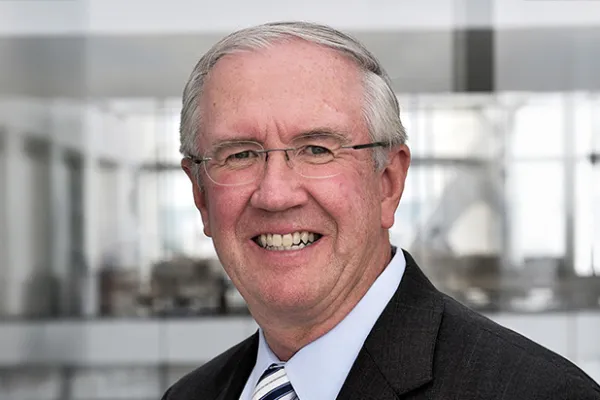After the March 11 Great Eastern Japan Earthquake unleashed havoc, authorities moved to stabilize the economy by injecting 40 trillion yet worth of liquidity into the economy, driving down the value of the currency to keep the nation’s export-oriented economy moving.
The scale of that action – the equivalent to $475 billion – is huge, more global than national in scope. Some of those asset purchases already were planned, as part of an ongoing effort to boost the economy of Japan, which has been in recovery mode since the boom of the 1980s came to an end. The additional purchases geared toward helping Japan recover from the earthquake, tsunami and ensuing nuclear meltdown at the Fukushima Dai-Ichi reactors is estimated to be in the range of $300 billion.
To put it in perspective, Ashish Shah, the co-head of credit at AllianceBernstein, compares that additional $300 billion in asset purchases to the Fed’s $600 billion asset purchase program. The Fed’s second round of quantitative easing, or QE2, has been unfolding at a pace of $75 billion a month since it was announced late fall. It isn’t finished yet and it may never be, given that the US economy appears to be gaining strength.
The action by Japan’s authorities was fully executed in a matter of weeks. “It was like Quantitative Easing, compressed into a week. The impact of the Bank of Japan was huge and it moved markets rapidly,” Shah says.
The injection of cash was designed to counter investor’s flight to safety, which would have favored the Japanese yen, even in the midst of Japan’s crisis. That would have been bad for Japan’s economy, because its exporters benefit from a cheap currency that makes their goods competitive in the global market.
Japan’s ultra easy monetary policy will do more than just support the country’s global auto companies, semiconductor firms, pharmaceuticals makers and consumer electronics giants during a time of great national need. By driving down the price of the yen, the injection of liquidity will drive money out of yen-denominated assets and into riskier investments around the world.
“The money will first go into currencies, then to equities, and finally into credit. The process already has started,” Shah said.
The yen already has dropped to 82.80 yen per dollar, down from a high of 76.25 yen to the dollar prior to interventions by the Bank of Japan and other members of the G7 nations.
Riskier assets such as stocks have been rising, even in Japan, where post-quake losses in the equity markets have been erased. On Friday, the MSCI Asia Pacific Index rose 0.7 percent to 135.81, the highest level since the quake. The Standard & Poors 500 is up 2.8 percent over the same time frame. Stocks in Japan fell 6.2 percent during the first trading session after the quake, as investors took a view that the disaster would reduce demand for goods and services in Japan. That view has evolved. The cost of the disaster, estimated at up to $300 billion, will require a massive injection of cash, and could lead to a reconstruction boom, similar to the upturns that can follow a war.
There are already signs that excess cash is supporting the speculative end of the credit market. Over the last week, the Dow Jones U.S. corporate junk bond index moved 0.3 percent higher.Meanwhile, the growth of safe-haven assets has slowed. Gold was up only 0.1 percent over the last week, according to Dow Jones.
Shah says the flow of money into stocks and other riskier assets will continue. It will take sometime for the excess liquidity to be absorbed. And there is no sign that the easy monetary policy in Japan will change anytime soon. Shah says the liquidity will find its way into a variety of sectors, including financials. The overall increase in financial markets is bound to help financial institutions themselves.
Financials have been trading at a discount to historic levels. Industrials are trading closer to the norm.
“At first, the catastrophe in Japan was perceived as a negative for risk assets, but we believe it will be a positive,” Shah says.





